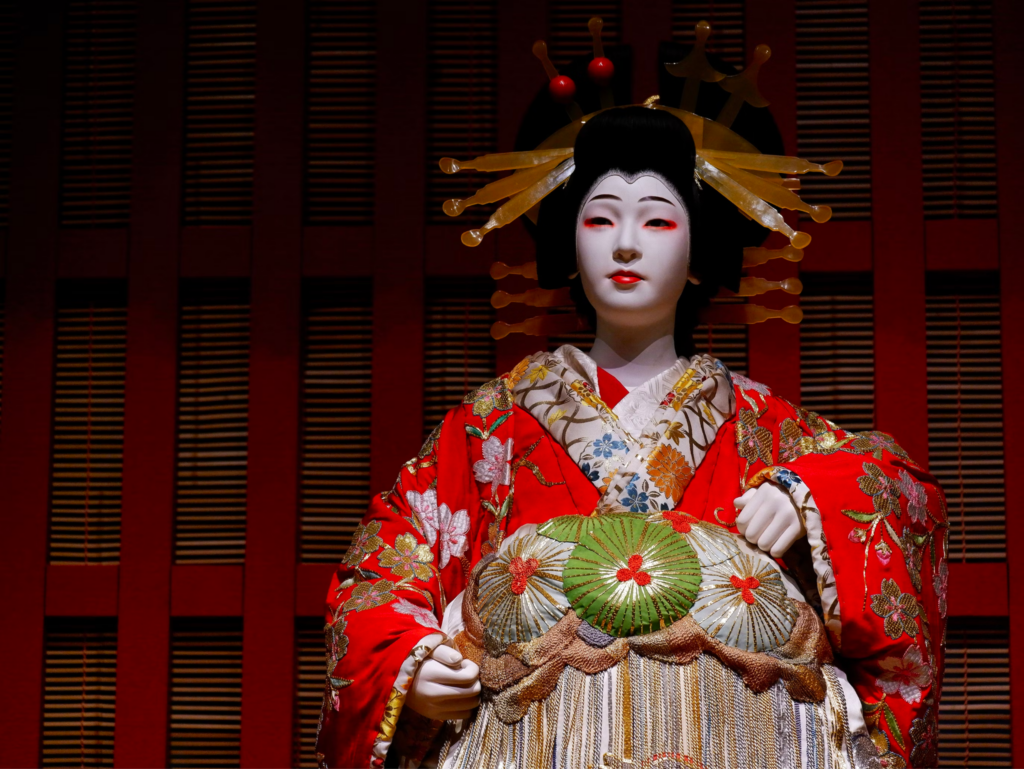If you’re an enthusiast of Japanese history, culture, or even anime and manga, you’ve likely heard about the Edo Period, one of the most influential eras in Japan’s history.
A visit to Japan, armed with an understanding of this remarkable era, can transform your perspective of many cultural, architectural, and traditional elements that are quintessentially Japanese.

What is the Edo Period in Japan?
The Edo Period, also known as the Tokugawa Period, spanned from 1603 to 1868. This era was named after Edo (modern-day Tokyo), the seat of the Tokugawa shogunate’s power. It was a period of relative peace, political stability, and isolation from the outside world, leading to a unique evolution of Japanese culture, arts, and societal norms.
Why is the Edo Period Significant?
The Edo Period is significant for many reasons, primarily because it was a golden era for cultural and societal growth in Japan. Under the Tokugawa shogunate’s rule, the nation thrived in relative peace, allowing the arts and culture to flourish.
This era saw the development of distinct forms of literature, drama, arts, and entertainment. Kabuki and Noh theater, woodblock prints (ukiyo-e), and the tea ceremony gained popularity during this period. Simultaneously, the Edo Period also brought significant changes to societal structures, with the emergence of a robust merchant class and strict social order.
In essence, the Edo Period was a crucible for much of what the world recognizes as uniquely Japanese today. It’s in the echoes of this era that we can trace the origins of modern Japanese sensibilities and aesthetics.
10 Interesting Facts About the Edo Period
1. Tokugawa Ieyasu’s Rule
The Edo Period started when Tokugawa Ieyasu, a powerful warlord, established his shogunate (military government) in Edo. He successfully brought a long era of civil wars to an end and ushered in a period of internal peace and stability.
2. Sakoku Policy
The Edo Period was marked by a policy of national seclusion known as Sakoku, which limited foreign influences and prohibited most international travel. This led to the development of a highly idiosyncratic and distinctive culture.
3. The Four-Tiered Society
The society was rigidly divided into four main classes – Samurai (warriors), farmers, artisans, and merchants, in that order of prestige. Interestingly, the merchants, despite being the lowest class, often ended up wealthier than the samurai due to economic growth during this period.
4. Growth of Cities
Edo (modern-day Tokyo) grew from a small fishing village to the world’s largest city at the time, with a population exceeding one million by the 18th century.
5. Ukiyo-e Flourished
Ukiyo-e, or woodblock prints, came into prominence during the Edo period. These often depicted scenes from history, theatre, and the pleasure quarters and are considered a precursor to modern manga and anime.
6. Birth of Kabuki and Bunraku
The Edo Period saw the birth and popularization of Kabuki (dramatic plays) and Bunraku (puppet theatre), which remain iconic forms of Japanese theatrical art.
7. Strict Fashion Rules
There were strict rules about clothing to maintain class distinctions. Only the samurai class could wear silk, and each class had restrictions on the colors they could wear.
8. Rise of Literacy
The Edo Period saw a rise in literacy rates. Terakoya (temple schools) spread, offering education to commoners, not just the elite. This led to a boom in publishing, including literature, manuals, guides, and pictorial art.
9. Invention of Tempura
The Portuguese introduced the frying technique during the 16th century, which was adapted into what we know today as Tempura during the Edo Period.
10. Peaceful Era
Despite being ruled by a military shogunate, the Edo Period was predominantly peaceful. This era, also known as the Pax Tokugawa, lasted for over 250 years without any major warfare.
Attractions in Japan to Learn More About the Edo Period
There’s no better way to understand the Edo Period than to visit sites in Japan where its influence is preserved.
- Edo-Tokyo Museum – This museum offers a rich history of Tokyo (formerly Edo) through various exhibits displaying city models, artwork, artifacts, and multimedia presentations.
- Nikko Tosho-gu – This stunning shrine in Nikko is the final resting place of Tokugawa Ieyasu, the founder of the Tokugawa shogunate. Its lavish decorations represent the power and wealth of the shogunate.
- Gion District, Kyoto – While not in Edo, Kyoto’s Gion district gives a glimpse into the lifestyle of the period with its well-preserved machiya houses, teahouses, and the opportunity to see Geisha, a cultural element that thrived during the Edo Period.
- Himeji Castle – A masterpiece of Edo architecture, Himeji Castle, also known as the “White Heron Castle,” remains one of Japan’s most spectacular and well-preserved feudal castles.
Books to Read to Learn More About the Edo Period in Japan
To further your understanding of the Edo Period, consider diving into these books:
“The World of the Shining Prince: Court Life in Ancient Japan” by Ivan Morris offers a vivid picture of life in ancient Japanese court society, which lays the groundwork for understanding the Edo Period.
“Yoshimasa and the Silver Pavilion: The Creation of the Soul of Japan” by Donald Keene provides insight into the aesthetics and philosophy that underpinned the Edo era.
“Edo Culture: Daily Life and Diversions in Urban Japan, 1600-1868” by Nishiyama Matsunosuke is a fascinating read that delves into the daily life of Edo, exploring everything from fashion and food to the arts and entertainment of the period.
A significant part of Japanese history
The Edo Period remains an essential cornerstone in the edifice of Japanese history. It is an era that has shaped many aspects of contemporary Japanese culture, arts, and societal norms.
By exploring its roots, you’ll not only gain a deeper understanding of Japan’s rich history, but you’ll also enhance your travel experience by seeing how the vestiges of this era continue to echo in modern Japan.
This beginner’s guide is just the start of your journey into the fascinating world of the Edo Period – a journey that promises to be as enlightening as it is enjoyable.
- Writing & Understanding Haiku Poetry - May 25, 2023
- Shinkansen Bento: A Guide to the Delicious Train Station Box Lunches - May 25, 2023
- What is Takoyaki? - May 25, 2023








